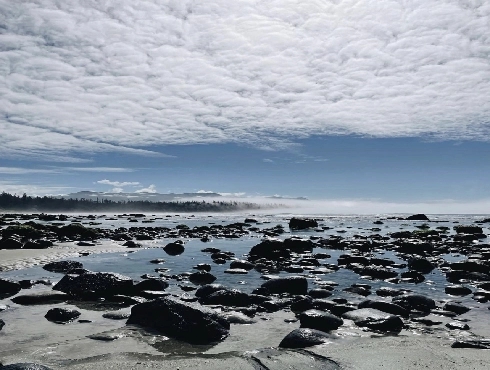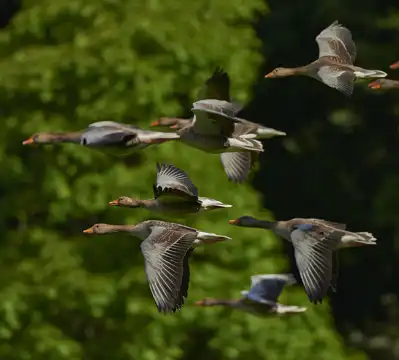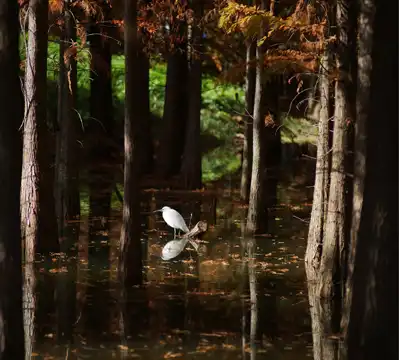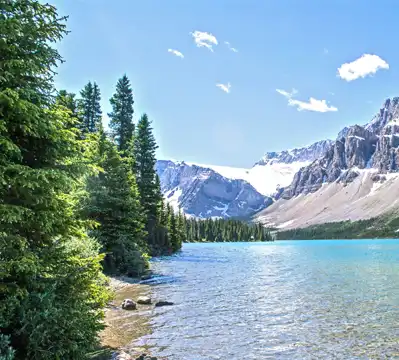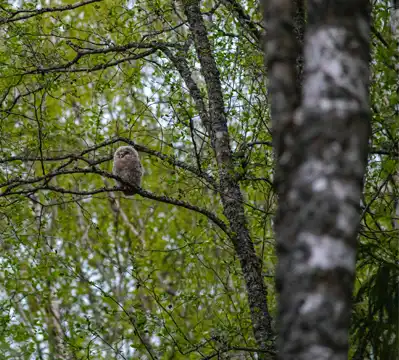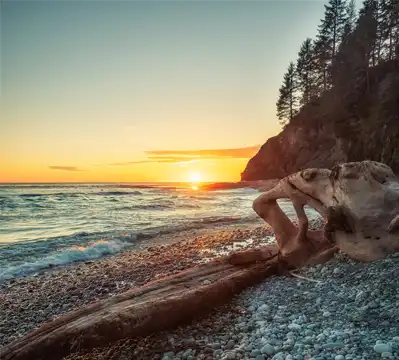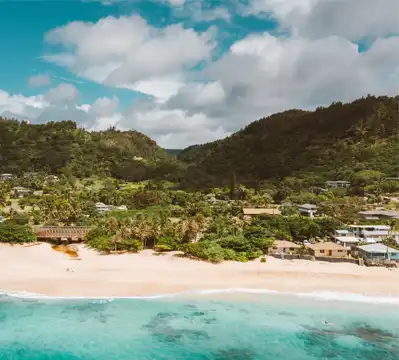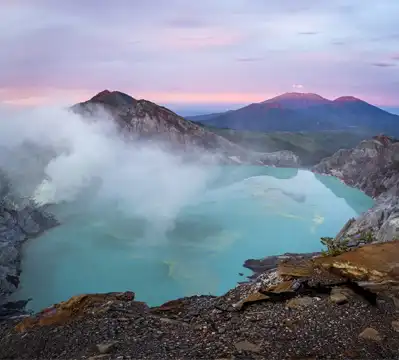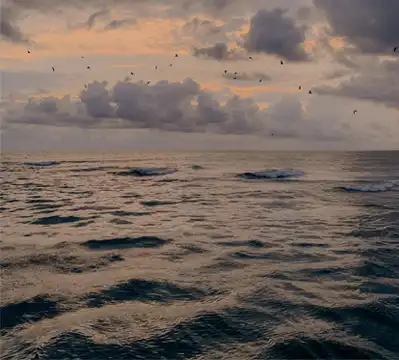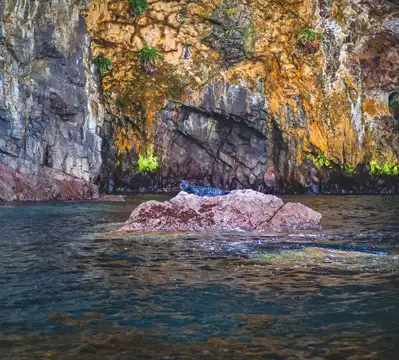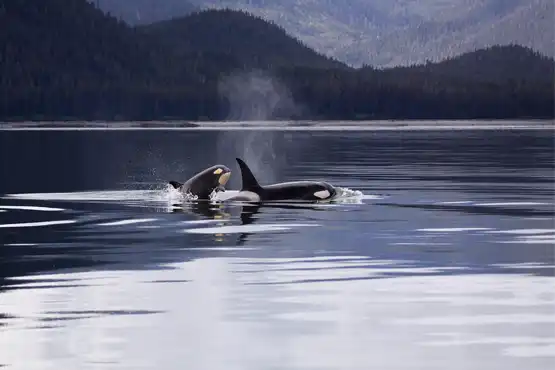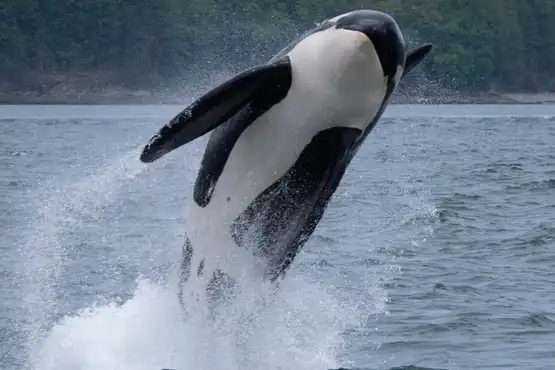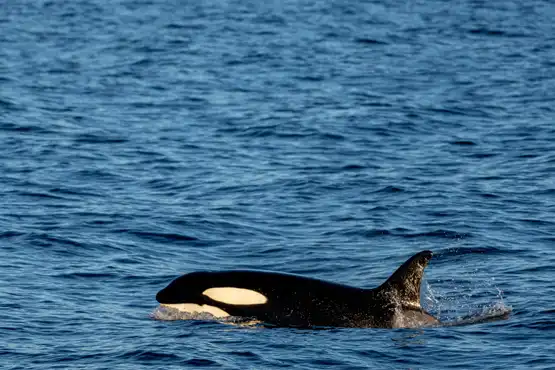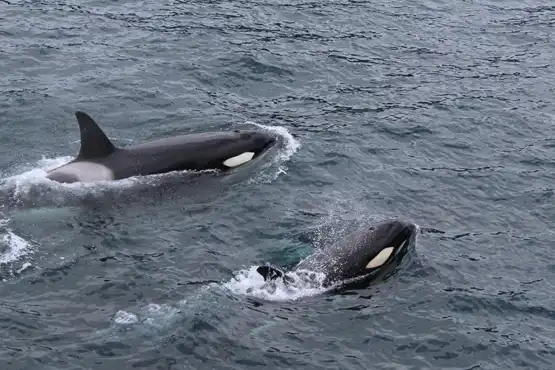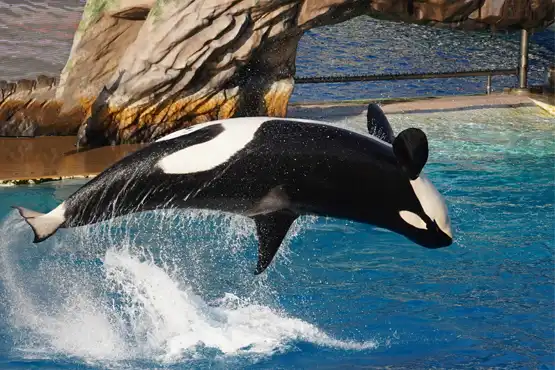Orca Whales Around Vancouver Island
As already mentioned, three types of orcas (killers whales) inhabit the waters of Vancouver Island. they are pretty similar in terms of appearance but their lifestyle is what separating them. These are three orcas you may encounter during your whale watching on the waters of Vancouver Island:
They have the dominant population among all the other orca subspecies, meaning that if you encounter an orca during your whale watching tour, it is 50% a resident orca. Males and females stay with their mothers from the moment they’re born to even after having their own offspring. In other words, whales live with the maternal side of their family, which is why it is called matrilines. Then we have pods which consist of one to four matrilines. The difference between them is that pods can be separated for a few months, but matrilines are inseparable. Now, if a few pods combine, there will be a clan. But how are clans defined? They are a community of whales with similar dialects and old maternal legacies. However, they hang out together, but they aren’t necessarily from the same roots. Resident Orcas are also classified into two groups: Northern and Southern residents. Funny thing is that resident orcas mostly feed on salmon; therefore, during the salmon run it is their feast!
Transient orcas usually live in smaller groups. Consequently, they hunt marine mammals that are smaller too. Creatures such as seals, sea lions, otters, porpoises, and dolphins are their favourite prey. However, on special occasions, maybe throwing a party, they would pray on the calves of bigger whale races like gray whales or humpback whales. Since their preys are bigger than regular fish, they do not vocalize. However, when they start to roar, it is either after a successful hunt, or they have already made their hunting bait is in their control. Like Resident orcas, Transients also live in matriline, but sons and daughters will sometimes live with their mothers after maturity. So, during your whale watching journey on Vancouver Island, if you noticed a single whale with the appearance of an orca wandering beneath the surface, it is definitely a Transient orca. If you’re not sure enough, wait for it to breach; if you felt that it was higher than usual, it is a hundred percent orca.
Not much of a sociable orca an offshore orca is. It is rare to spot one of the offshore orcas during whale watching events since they live miles away from the shore in the middle of the ocean’s nowhere to be exact. Due to their distance from the shore, they aren’t as accessible as the other two, and we can say they are the least studied whale. Therefore, scientists have anticipated some of their habits and behaviours. For example, in 2011, the Journal of Aquatic Biology has claimed that the staple of offshore orcas is large Pacific sleeper sharks. Although the chance to spot this solitary marine creature is low, you may lay an eye on an offshore whale if you attend whale watching tours that are operated in more than 20 miles of the west coast of Vancouver Island or up near the Queen Charlotte Islands.
